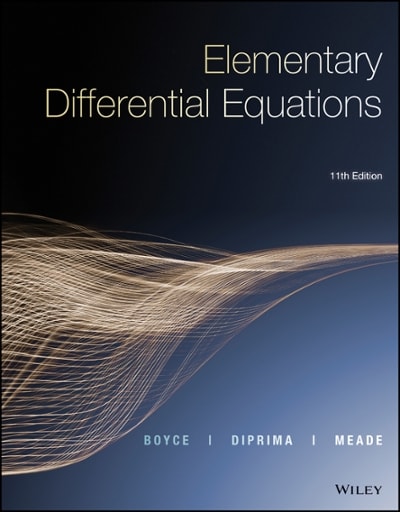SECTION A (Answer both Question ONE and Question TWO) 1. The following two grouped frequency distributions represent the times, over a one-week period, that patients had to wait before seeing a doctor in the Accident and Emergency department of two hospitals. Hospital A waiting Times Frequency of Patients Hospital B waiting Times Frequency of Patients Minutes Minutes 6-10 2 6-10 4 11-15 10 11-15 17 6-20 25 16-20 35 21-25 37 21-25 27 26-30 26 26-30 20 31-35 20 31-35 17 36-40 18 36-40 9 41-45 12 41-45 6 46-50 10 46-50 5 Total 160 Total 140 a) Determine the mean and standard deviation of waiting times for each hospital; b) Determine the coefficient of variation for each hospital's waiting times; c) Determine the coefficient of skewness for each hospital's waiting times; d) With reference to parts (a), (b) and (c) discuss the differences in waiting times between the two hospitals. [ 25 marks ] 2. The table shows the body mass index (BMI) X, and the systolic blood pressure (SBP), Y in the mittg, for each of a random sample of 10 men, aged between 35 years and 40 years, from a particular population. X 13 23 29 17 34 25 20 31 27 Y 103 115 124 1 126 108 120 113 117 118 119 a) Calculate the coefficient of correlation of the distribution. Interpret your results. b) Compute the coefficient of determination and interpret your results. c) Find the Simple regression line of Y on X. d) Use your equation to estimate the SBP of a man from this population who is aged 38 years and who has a BMI of 30.SECTION B (Answer only TWO Questions ) [ 10 marks Each ] 3. Dr. Eliplim Agbenoxevi works in the Quality Control Department of a large Information Technology company in Ghana. The time, T minutes, it takes him to analyse a sample is normally distributed with mean 18 minutes and standard deviation 5 minutes. (a) Find the probability that he takes longer than 20 minutes to analyse the next sample The Information Technology company has a large store of samples analysed by Dr. Eliplim Agbenoxevi with the time taken for each analysis recorded. Another staff by name Dr. Akuvi Wolekplime is investigating the samples that took her colleague longer than 15 minutes to analyse. She selects, at random, one of the samples that took Dr. Eliplim Agbenoxevi longer than 15 minutes to analyse. (b) Find the probability that this sample took Dr. Akuvi Wolekplime more than 20 minutes to analyse, given that it took her colleague more than 15 minutes to analyse? 4. In a certain garden which has been treated with agro chemicals, new plants grow at an average rate of 10% within a square meter. When this same garden is not treated with agro chemicals, plants grow at an average rate of 30% within a square meter. You may assume that the number of plants that grow in the garden may be modelled by a Poisson distribution. Mr Amankwah Amaniapong has a rectangular garden measuring seven-hundred centimeters by three hundred centimeters. He uses these same4. In a certain garden which has been treated with agro chemicals. new plants grow at an average rate of 10% within a square meter. When this same garden is not treated with agro chemicals, plants grow at an average rate of 30% within a square meter. You may assume that the number of plants that grow in the garden may be modelled by a Poisson distribution. Mr Amankwah Amaniapong has a rectangular garden measuring seven-hundred centimeters by three hundred centimeters, He uses these same 3|Page agro chemicals to treat his garden. Mrs. Amankwah Amaniapong also has a rectangular garden with a dimension of five hundred centimeters by four hundred centimeters. She has decided not to apply these agro-chemicals in her garden. Find the probability that: a) Mr. Amankwah Amaniapong's garden has exactly 4 plants; b) Mrs. Amankwah Amaniapong's garden has at least 6 but fewer than 10 plants; c) Mr. Amankwah Amaniapong has at least one plant and Mrs. Amankwah Amaniapong's garden has none. 5. In a particular country on the African continent, 35% of the population is estimated to have at at least one smart phone. If a small sample of 40 people is selected from the population for a statistical investigation, Use the Binomial distribution to estimate the probability that, the number of people in the sample that have at least one smart phone is; a) at most 15; b) more than 12 but fewer than 18; c) exactly equal to the mean of the distribution









